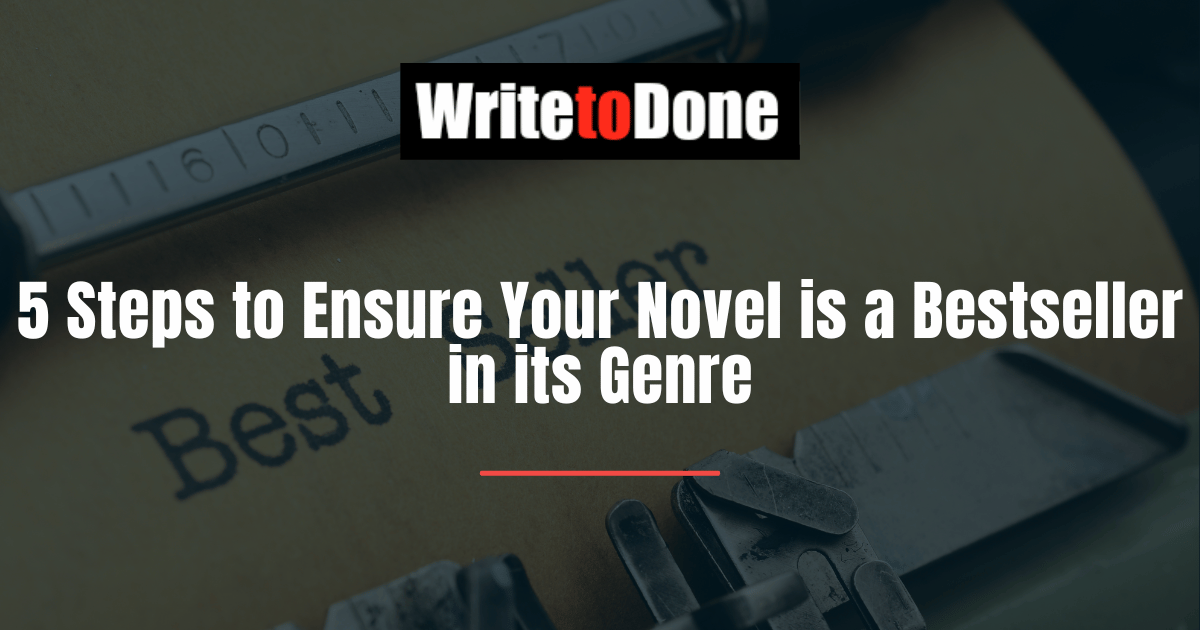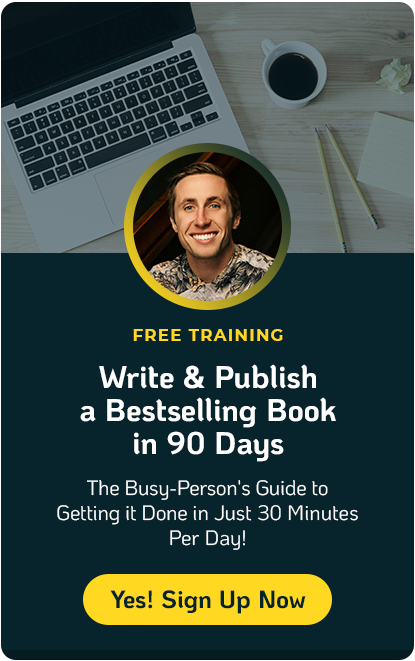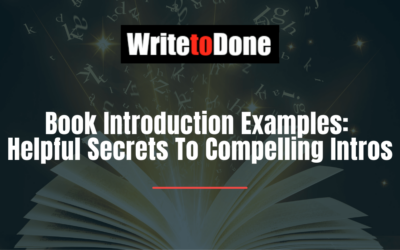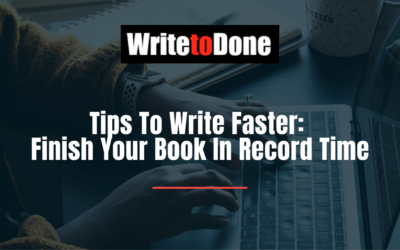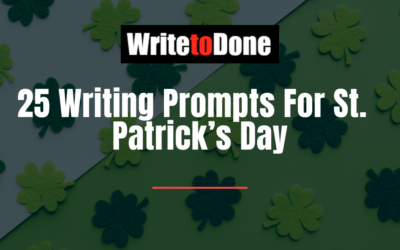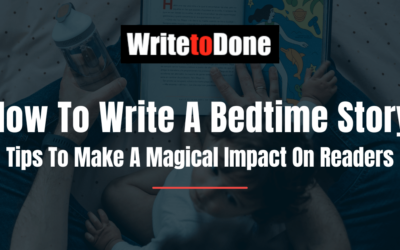Maybe you’ve only begun planning out your novel. You have a great concept and a basic plot. Or maybe you’ve already completed a rough draft. You’re fairly sure what you’re writing fits the genre you have in mind and you obviously want it to be a bestseller in its genre.
Or maybe you have no idea what genre you’re writing.
Does it matter?
That’s a good question, and the answer depends on a lot of factors. If you’re writing for yourself, with no plans to publish or land an agent, it probably doesn’t matter. Write whatever story you like, cross and combine genres to your heart’s desire.
But if you do want to interest an agent and sign with a publisher, sell millions of copies of your novel, genre is an important consideration.
Markets abound for all kinds of genres and cross-genre novels. And if you go on to publish with a traditional publisher, they’ll be the one to place your book in the genre category of their choosing.
Still, whether you pitch your novel to an agent or publisher or decide to self-publish, you’ll have the best chance at success if you can perfectly place your novel in a specific genre.
This can be a small niche genre that sells well. Or a broad category, such as Victorian Romance.
When you write and publish a novel, you are producing a commodity, a product. You are targeting a specific consumer that has certain expectations. Your book description is a promise to your reader that your story is going to meet their expectations.
The closer you can get to meeting those expectations, the happier your readers are going to be. If you are not honest with your “sales pitch,” readers will feel cheated and disappointed. Will they buy your next novel? I think not.
This isn’t about making a cover for your horror thriller that looks just like the covers of Stephen King’s novels. An appropriate cover is important, but it’s a small part of the equation.
A smart writer will study other authors in his genre and tear apart those authors’ best-selling novels—not to plagiarize but to get a feel for the tone, pacing, story structure, scene structure, proportion of dialog to narrative to action, premise, and depth of character development.
And there’s a methodical way to do this, so you’re not just guessing.
It’s Important to Nail Your Genre
I often encourage my clients who are struggling with nailing their genre to highlight or underline (in the novels they “deconstruct”) elements they are struggling with, such as the way backstory is infused into present action, the way emotion is revealed by showing rather than telling, how dialog is distilled and compressed.
I assumed aspiring writers did this kind of homework, but it appears few actually do. Sure, they’ve read some books in their targeted genre, but they haven’t studied hard. For writers who take their careers seriously, it is essential to take a lot of time to break down others’ novels and pick them apart to understand why they work. Not plagiarize—analyze.
By drawing from a number of different best-selling authors in the genre you want to nail, you will see some similarities and some differences. It’s important to note both, for every author should have her own unique voice and writing style, and showcase original ideas. By taking notes as you go through each novel carefully, you can compare these books and see what they share in common.
Make Your First Scene Your Test Laboratory
Here are five steps you can take to nail your genre by working on an opening scene:
1. Make a chart listing ten best-selling novels in the genre you want to write in. Using a huge piece of tag board and writing small will allow you to see the big picture once you are done. List the titles down the left side and make a grid: a row for each title, and vertical lines separating all the elements you want to make observations about.
2. Across the top of the columns, list the elements you want to compare. How extensive the chart is your call. You may only want to analyze a few things. Maybe many. Some might be chapter length, number of POV characters (or what POV the novel is written in, such as first person present tense or shifting third person), balance of dialog to narrative, what happens in the opening chapter, how quickly and in what manner conflict is introduced, the sophistication or simplicity of the writing itself, sentence length, type of scene ending.
3. Once you’ve filled in your chart, spend some time studying it. See what similarities there are, what differences. See what screams “genre” to you. Readers of genres expect a certain type of writing style, pacing, tone, and plot concept. For instance, some murder mysteries always begin with a dead body in the opening scene. If you are targeting those readers, you better have a dead body too.
4. Even if you’ve already written some or all of your novel, pretend you haven’t. Think about your premise and story concept. Come up with a scene to open your novel with that will match the type you read in those ten best sellers. If they jump right into a high-action scene with the protagonist in danger, make sure your scene is similar. If the romance novels you read begin with showing the heroine in trouble and introduce the hero by the end of the first scene, consider doing likewise.
5. Now write your scene, and make it nail the genre. Go back through when you are done and trim and tweak to match the tone, pacing, sentence length, amount of dialog to narrative, and the way and amount that emotion is shown (body language, facial expressions).
Just an Exercise, Not a Magic Formula
This exercise is not a cure-all for a weak plot and concept, but it’s meant to help you get a feel for nailing your genre. Yet, all we’re talking about here is the first scene.
By taking time to deconstruct a number of other novels all the way from the opening scene to the end, you will start to see the range of variety within your genre. When looking at the entire novel, you would also pay close attention to the premise as well as the character and plot arcs.
Publishers look for novels to fit certain “slots” they need to fill. I like envisioning genres as slots: narrow, confined, and defined types of stories that meet certain reader expectations.
Make Your Novel a Bestseller in its Genre
If you want to be successful at any vocation, you need to do your homework. Study hard and apply what you learn. Learn from the experts and create your own style. Be original, not derivative. And don’t be remiss by assuming that by just reading some novels in a genre that will make you an expert.
Making your novel a bestseller in its genre takes work, but it can pay off—in both sales and satisfaction.

